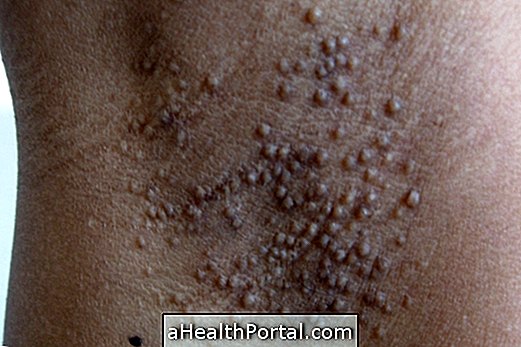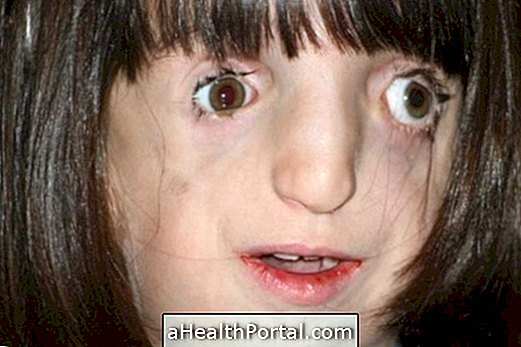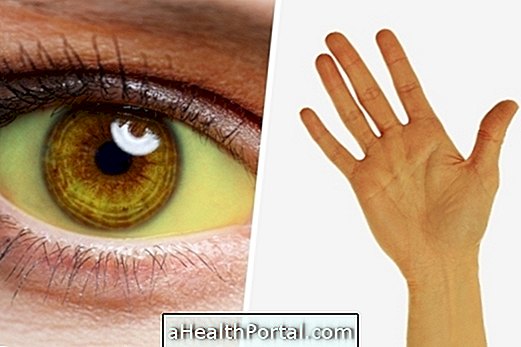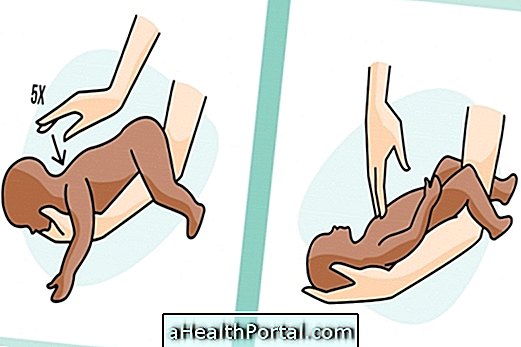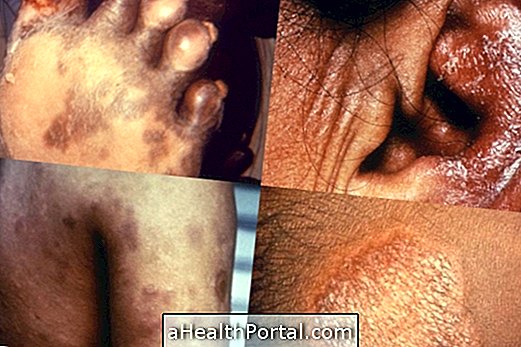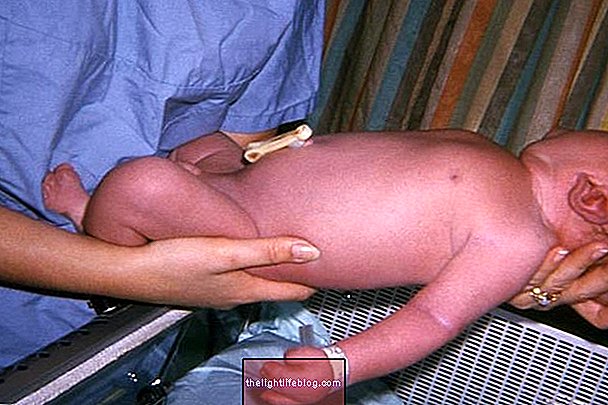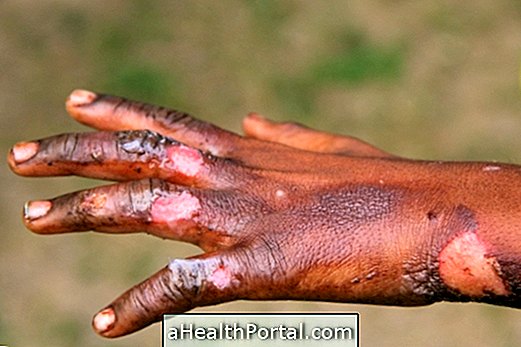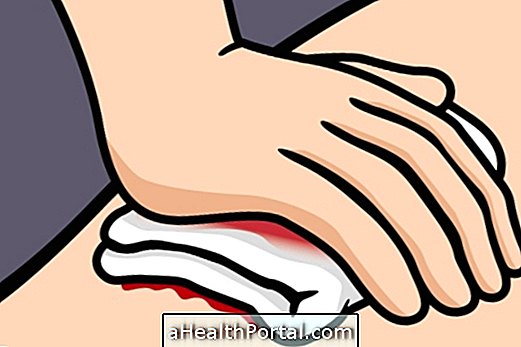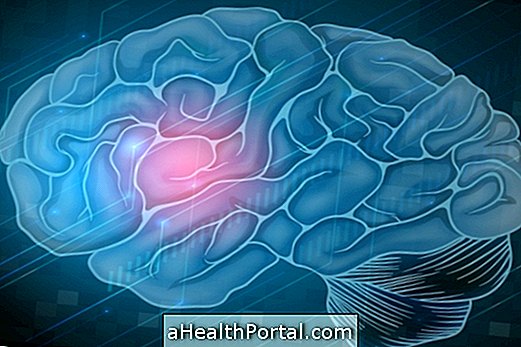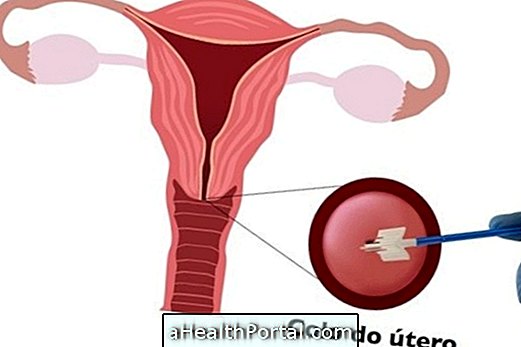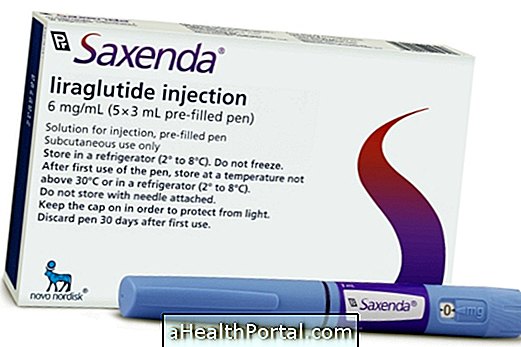Shy-Drager syndrome, also called multi-system atrophy with orthostatic hypotension, is a rare disease of unknown cause characterized by severe and progressive impairment of the central and autonomic nervous system, which controls involuntary body functions . There are 3 types of this syndrome:
- Parkinsonian shy-drager syndrome : In addition to the typical symptoms of the disease, there is similarity to Parkinson's disease, where the individual also presents slow movements, muscular rigidity and tremors;
- Cerebellar shy-drager syndrome : In addition to the typical symptoms of the disease there is a compromise of motor coordination and speech;
- Combined shy-drager syndrome : In this case the disease covers the parkinsonian and cerebellar forms, being the most severe of all.
Symptoms of Shy-Drager syndrome
The main symptoms of Shy-Drager syndrome are:
- Decrease in sweat, tears, and saliva;
- Difficulty in seeing;
- Difficulty urinating;
- Constipation.
In addition to these symptoms, the individual may present with frequent symptoms of Parkinson's disease or speech and movement impairment, depending on the type of shy-drager syndrome he or she has.
Treatment for Shy-Drager syndrome
The treatment of Shy-Drager syndrome is to alleviate the symptoms that the disease presents, because this syndrome has no cure.
The following precautions can be taken to control symptoms:
- Suspension of the use of diuretics
- Use the sitting position to sleep
- Increase salt intake
- Make use of elastic bands in the lower limbs and abdomen, reducing the discomfort caused by tremors
- Use of medications, such as Seleginine, which decreases dopamine production
- Use of Fludrocortisone to raise blood pressure
It is important to note that treatment for Shy-Drager syndrome has temporary therapeutic success and, in most cases, does not prevent the progression of the disease.
Because it is a disease of difficult treatment and of progressive character, it is common that the death is caused by cardiac or respiratory problems.

